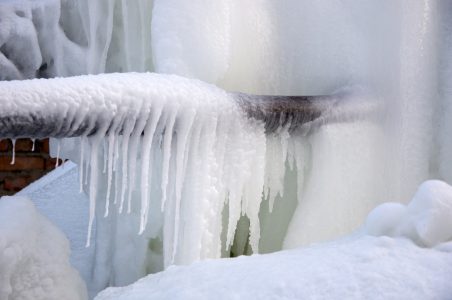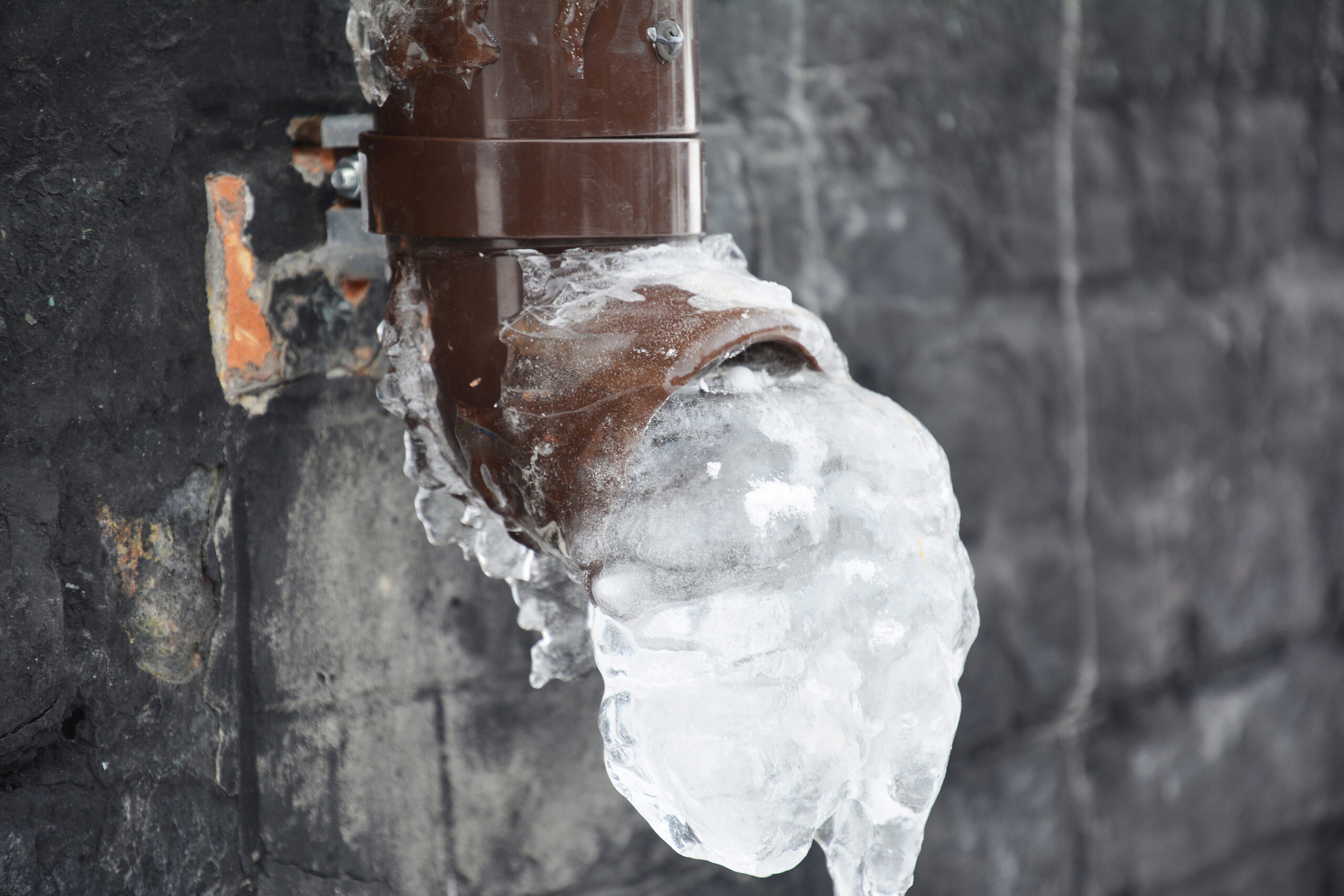Essential Tips to Avoid Frozen Pipes in Cold Weather: Expert Insights
Essential Tips to Avoid Frozen Pipes in Cold Weather: Expert Insights
Blog Article
Almost everyone is bound to have their own unique theory about How To Avoid Freezing Pipes.

Winter can damage your pipes, specifically by freezing pipelines. Right here's exactly how to avoid it from occurring and what to do if it does.
Introduction
As temperature levels decline, the threat of frozen pipes rises, possibly causing costly fixings and water damage. Understanding how to stop frozen pipelines is essential for homeowners in cool climates.
Prevention Tips
Shielding prone pipes
Wrap pipelines in insulation sleeves or use warm tape to safeguard them from freezing temperature levels. Focus on pipes in unheated or external areas of the home.
Heating strategies
Keep interior rooms properly heated up, specifically locations with plumbing. Open up cabinet doors to permit cozy air to distribute around pipes under sinks.
Just how to determine icy pipelines
Try to find reduced water circulation from taps, unusual smells or noises from pipelines, and visible frost on revealed pipes.
Long-Term Solutions
Architectural modifications
Take into consideration rerouting pipelines far from exterior walls or unheated locations. Include extra insulation to attics, cellars, and crawl spaces.
Updating insulation
Buy premium insulation for pipelines, attic rooms, and wall surfaces. Correct insulation helps preserve regular temperatures and reduces the danger of frozen pipelines.
Securing Exterior Plumbing
Yard hose pipes and outdoor faucets
Separate and drain pipes garden pipes prior to wintertime. Install frost-proof spigots or cover outdoor faucets with shielded caps.
Comprehending Frozen Pipes
What triggers pipes to ice up?
Pipes freeze when revealed to temperatures listed below 32 ° F (0 ° C) for extended durations. As water inside the pipes ices up, it increases, taxing the pipeline wall surfaces and possibly causing them to break.
Risks and damages
Frozen pipes can cause water system disturbances, building damage, and expensive fixings. Ruptured pipelines can flood homes and trigger substantial architectural damages.
Indications of Frozen Water Lines
Determining icy pipelines early can stop them from bursting.
What to Do If Your Pipelines Freeze
Immediate activities to take
If you believe icy pipes, keep faucets open to alleviate stress as the ice melts. Make use of a hairdryer or towels taken in warm water to thaw pipes gradually.
Final thought
Preventing icy pipes needs aggressive steps and fast actions. By understanding the causes, indicators, and preventive measures, house owners can shield their plumbing throughout cold weather.
5 Ways to Prevent Frozen Pipes
Drain Outdoor Faucets and Disconnect Hoses
First, close the shut-off valve that controls the flow of water in the pipe to your outdoor faucet. Then, head outside to disconnect and drain your hose and open the outdoor faucet to allow the water to completely drain out of the line. Turn off the faucet when done. Finally, head back to the shut-off valve and drain the remaining water inside the pipe into a bucket or container. Additionally, if you have a home irrigation system, you should consider hiring an expert to clear the system of water each year.
Insulate Pipes
One of the best and most cost-effective methods for preventing frozen water pipes is to wrap your pipes with insulation. This is especially important for areas in your home that aren’t exposed to heat, such as an attic. We suggest using foam sleeves, which can typically be found at your local hardware store.
Keep Heat Running at 65
Your pipes are located inside your walls, and the temperature there is much colder than the rest of the house. To prevent your pipes from freezing, The Insurance Information Institute suggests that you keep your home heated to at least 65 degrees, even when traveling. You may want to invest in smart devices that can keep an eye on the temperature in your home while you’re away.
Leave Water Dripping
Moving water — even a small trickle — can prevent ice from forming inside your pipes. When freezing temps are imminent, start a drip of water from all faucets that serve exposed pipes. Leaving a few faucets running will also help relieve pressure inside the pipes and help prevent a rupture if the water inside freezes.
Open Cupboard Doors
Warm your kitchen and bathroom pipes by opening cupboards and vanities. You should also leave your interior doors ajar to help warm air circulate evenly throughout your home.

We hope you enjoyed our part about Prevent Frozen Pipes . Thank you so much for finding the time to read our piece of content. Liked our entry? Please share it. Let somebody else find it. We cherish reading our article about Winter Plumbing Precautions: Preventing Frozen Pipes.
Find Out More Report this page